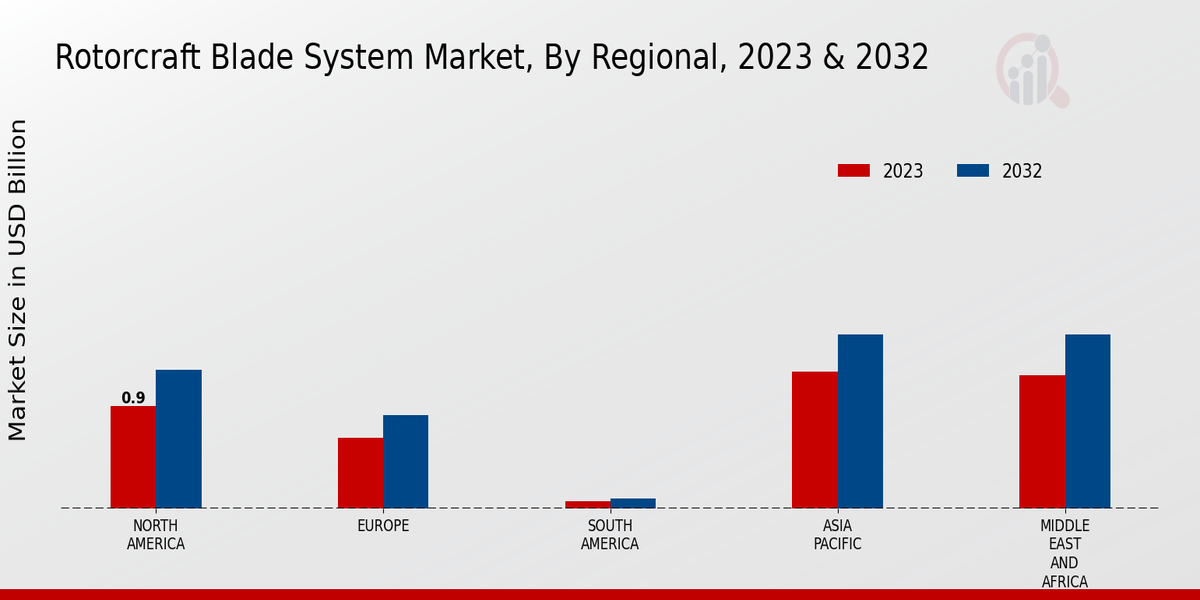Rotorcraft Blade System Market Summary
The Global Rotorcraft Blade System Market is projected to grow from 4.20 USD Billion in 2024 to 5.87 USD Billion by 2035.
Key Market Trends & Highlights
Rotorcraft Blade System Key Trends and Highlights
- The market is expected to experience a compound annual growth rate (CAGR) of 3.12 percent from 2025 to 2035.
- By 2035, the market valuation is anticipated to reach 5.89 USD Billion, indicating robust growth potential.
- in 2024, the market is valued at 4.20 USD Billion, reflecting a strong foundation for future expansion.
- Growing adoption of advanced rotorcraft technologies due to increasing demand for efficient aerial transport is a major market driver.
Market Size & Forecast
| 2024 Market Size | 4.20 (USD Billion) |
| 2035 Market Size | 5.87 (USD Billion) |
| CAGR (2025-2035) | 3.09% |
Major Players
Airbus Helicopters, Boeing, Leonardo S.p.A., Safran Helicopter Engines, Bell Helicopter, GKN Aerospace














